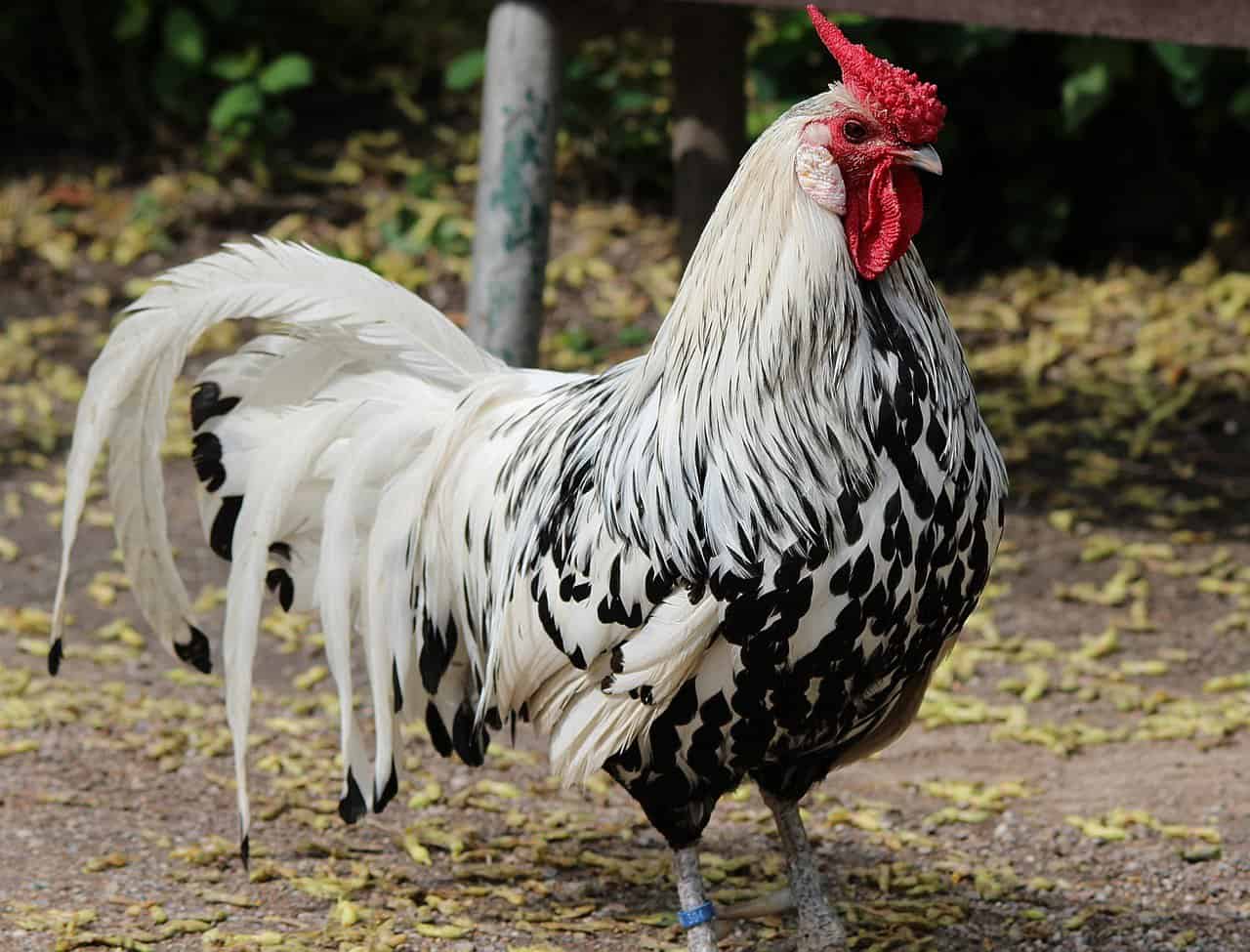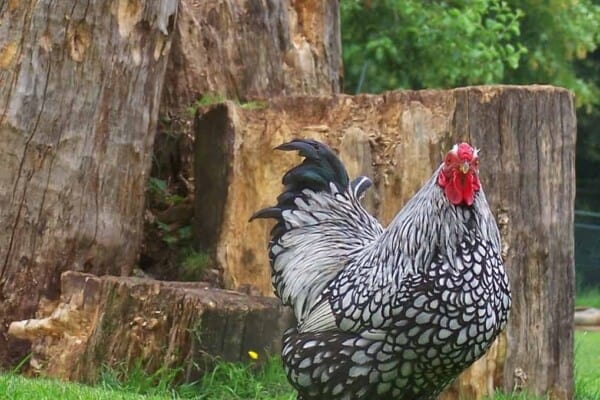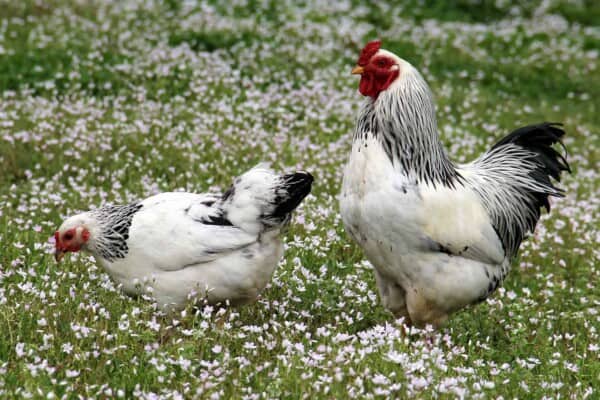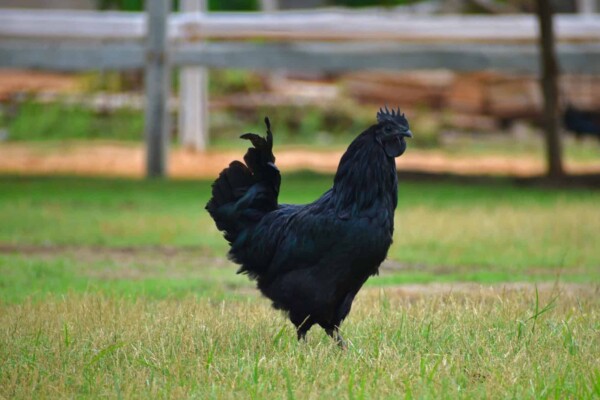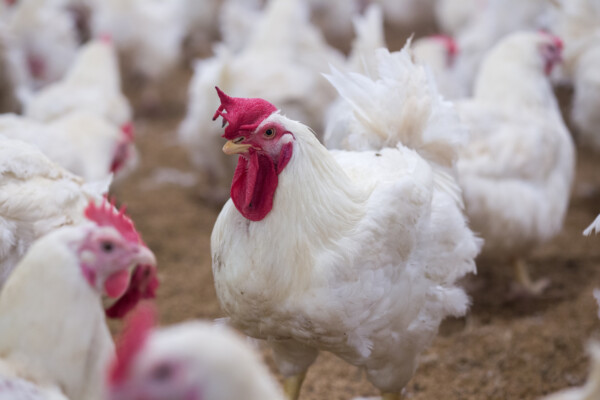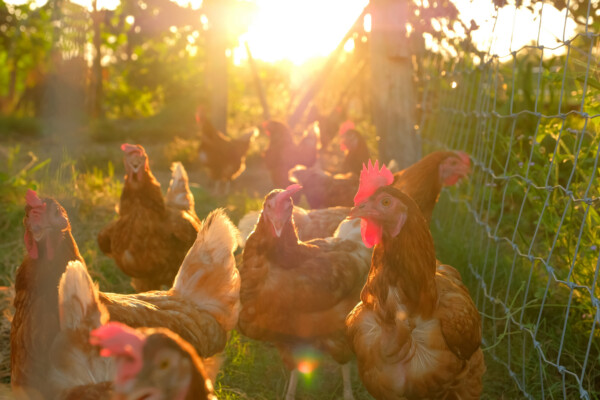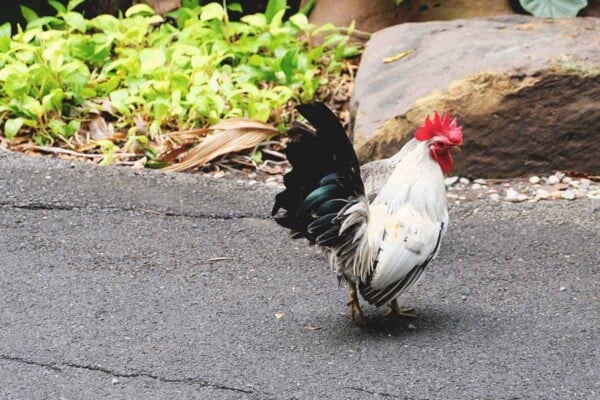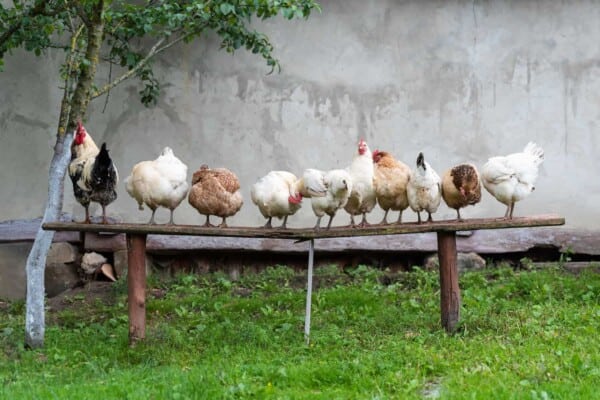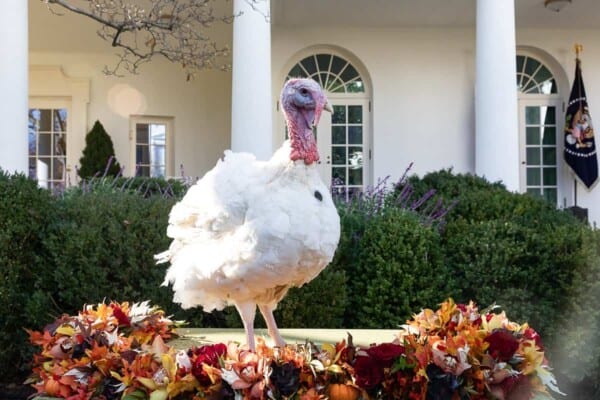Hamburg chickens will always make for an incredible flashy addition to any flock.
These sleek little buggers are known for adding zeal, personality, and a wickedly charming aesthetic to your farm.
At the same time, Hamburg chickens perfectly fit into any farm, small- or large-scale alike. What makes them even better is that they are very docile and their social skills are through the roof.
All this together is meant to indicate to you that Hamburg chickens are well worth the investment.
But before you go to your local hatchery, keep in mind that there are a few things you should know about this breed first.
So, allow us to clear the fog for you as we go over everything there is to know about the Hamburg chicken. Let’s start off with the basics first:
History and Origins of the Hamburg Chicken Breed
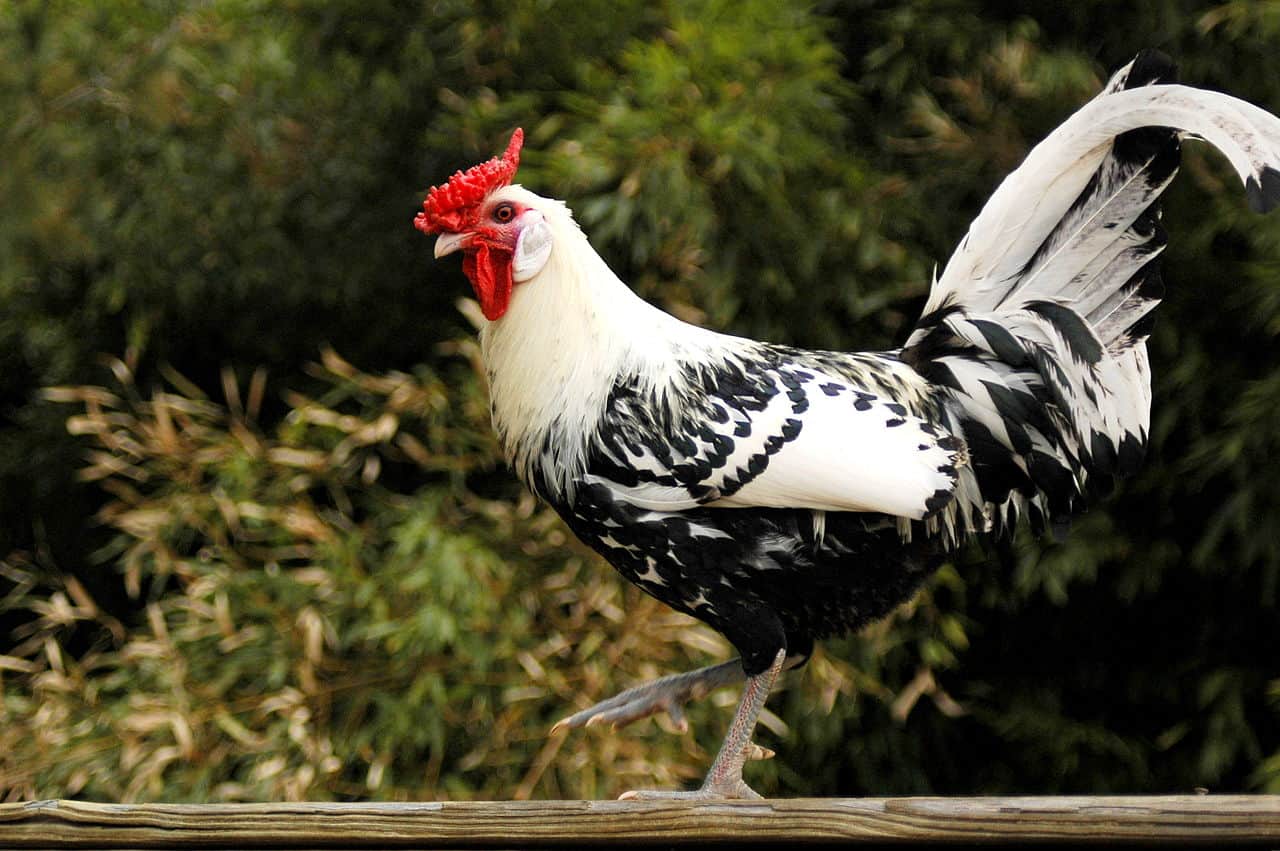
Hamburg chickens were initially developed for the sake of participating in contests for their stunning physical features.
So, during these competitions, the flashiest chickens would take the first place while all the others would have to fight for second place.
With that being said, the first place was almost immediately taken over by the Hamburg and the spiky-haired Polish chickens.
After some time though, around the 14th century, Hamburg chickens became quite prevalent in Holland as well.
Nobody knows where they were first developed or if they were brought here for any specific reason.
Still, because of their unique features, it shouldn’t come off as a surprise that this chicken breed started to make its way all across the country.
In fact, these chickens, alongside the spiky-haired Polish chickens, they made their way in most hatcheries from Holland.
Before long they also spread their wings in the following countries:
- Germany
- Poland
- England
The latter here was the most important, as this is where the breed got its biggest push forwards in terms of advertising.

But the people of England weren’t entirely satisfied with the Hamburg chicken, which is why they decided to improve them.
So, for the next couple of decades, the breed would be perfected here in England.
Before long Hamburg chickens were nearly unrecognizable as they gained a lot of new traits that made them all the better.
A very important change that came up during the 1800s was the creation of the tiny bantam Hamburg chickens.
These chickens made it on a lot of wishlists back in the day for the following reasons:
- Their temperament was much more docile than any other chicken breed’s
- Size wise they were smaller than most others too
- They still had their fancy feathers which fetched a pretty price on the market
The main reason behind their popularity was their looks, as this helped them become a top breed over time the most.
So, a lot of owners decided to add them to the flock simply to add some colors to the mix.
While times have changed since, we can still safely say that the modern-day Hamburg chicken is still as beautiful as it’s ever been.
Hamburg Chicken Characteristics
The Hamburg chicken’s main recognizable characteristics are as follows:
- Their docile temper makes them perfect for families
- Their physical traits make them some of the most unique looking chickens on the market
- Their rather energetic personalities and the antics they get up to
Speaking of unique traits, Hamburg chickens come in all sorts of different color variations. This makes them all stand out from the rest of the flock almost immediately.
On top of that, these chickens have very quick movements, which makes them quite exciting to play with.
As far as their activities go, these chickens will usually resort to the following for fun:
- They love foraging
- They love exploring as much as they can
- They are social creatures that love spending time with other barnyard animals
The roosters are absolutely gorgeous to look at, but keep in mind that they are not flock animals.
These roosters will more often than not march to the beat of their own drums. So, they do not make for good flock leaders.
The hens are not all that broody, in fact they very rarely go broody to begin with.
So, you will most likely end up having to opt for a different mother hen to raise your chicks.
But then again, what they may lack when it comes to their mothering skills, they will more than make up for in foraging.
Main Uses of the Hamburg Chicken

Based on our description of the Hamburg chicken so far, you may be inclined to believe that they are ornamental chickens only.
While they can surely be kept for this purpose, it’s not their only use. In fact, these chickens are also known for being excellent egg layers too.
Hamburg chickens can be raised for the following uses:
- Ornamental
- Egg production
- Meat production
Egg Production
When it comes to their egg production, you can expect your Hamburg chickens to lay glossy white medium-sized eggs.
The standard Hamburg chickens can lay around 150 to 200 eggs per year, with most bantams laying as many if not more.
In some cases, breeders have even claimed that the bantams can lay as many as 250 oblong eggs per year.
While they can lay a lot of eggs, these chickens are not known for being broody.
In fact, the odds of you getting a Hamburg chicken to hatch a batch of their own eggs are very small to say the least.
So, we recommend that you get yourself a different chicken to go broody for your Hamburg eggs.
You may also try and incubate the eggs yourself if you have the tools and the resources to get the job done.
Meat Production
Hamburg chickens are exactly not known for their meat production.
These chickens have slender bodies, and as such they don’t make the best meat chickens on the market.
Still, they are quite quick on their feet and they love running from place to place all day long so watching them is a lot of fun.
So, even if they’re not meant for this purpose, you can definitely butcher them once they reach the end of their life cycle.
Before that happens, you may grow them for their ornamental or egg production instead.
Hamburg Chicken Appearance & Varieties
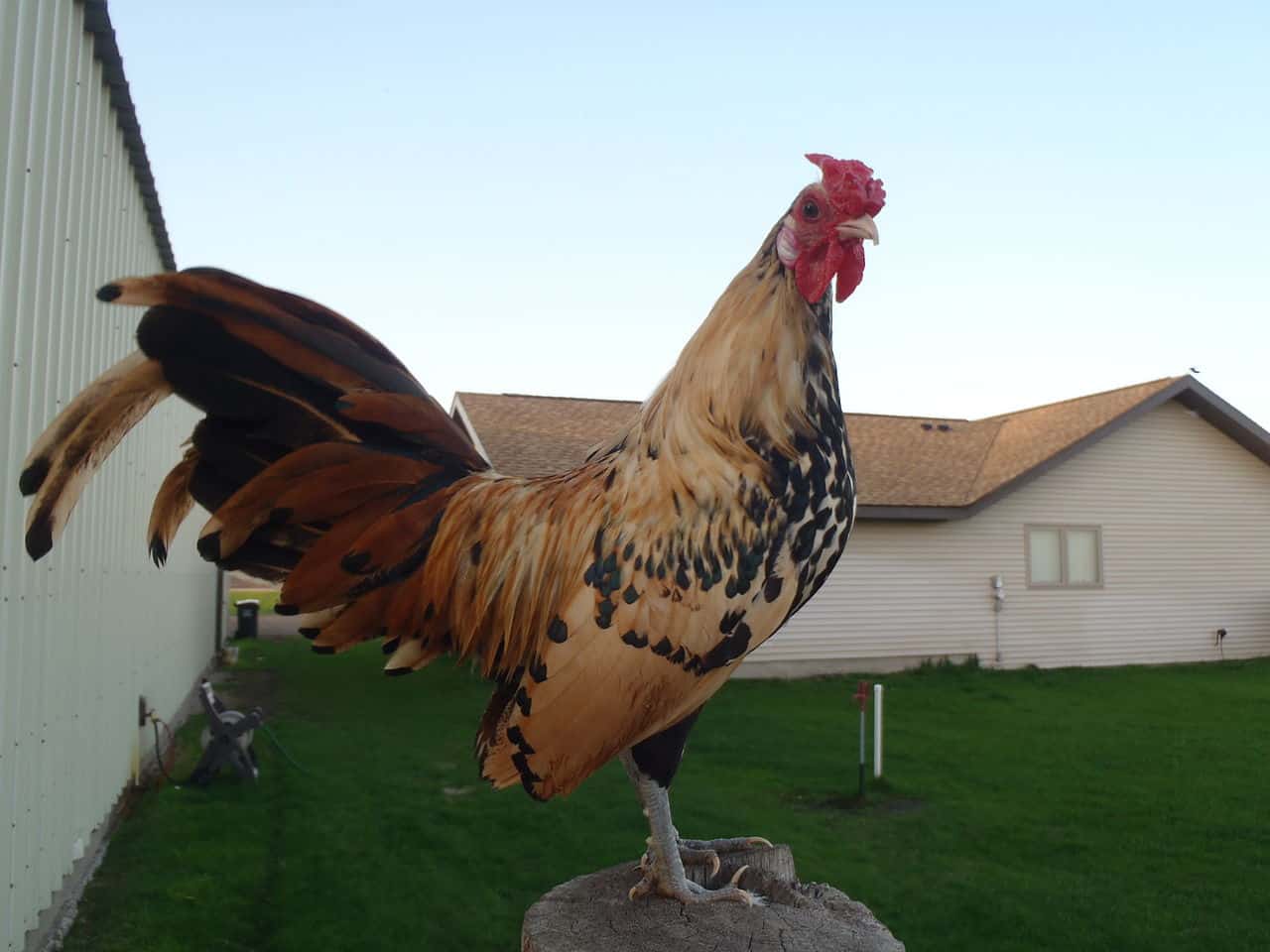
Hamburg chickens are not all the same, in fact there are quite a few differences between the varieties on the market.
They have heavy-bodies when it comes to their frame, but their feathers are sleek and form fitting too.
This combination makes them quite stunning to look at, but it doesn’t help their meat production in the slightest.
The bantams of this breed will usually weigh in at around 1.5 to 3lbs or 0.7 to 1.36kg each.
Adult hens will weigh in at around 3.5 to 4lbs or 1.6 to 1.8kg each. Adult roosters tend to weigh in at around 4.4 to 5.5lbs or around 2 to 2.5kg each.
The roosters are quite staggering to look at, as their feathering is both tight and bold. This combination helps them be a lot more pleasing to the eye.
Hens are also known for their extraordinary looks, even though they lack the extravagant feathering of the roosters.
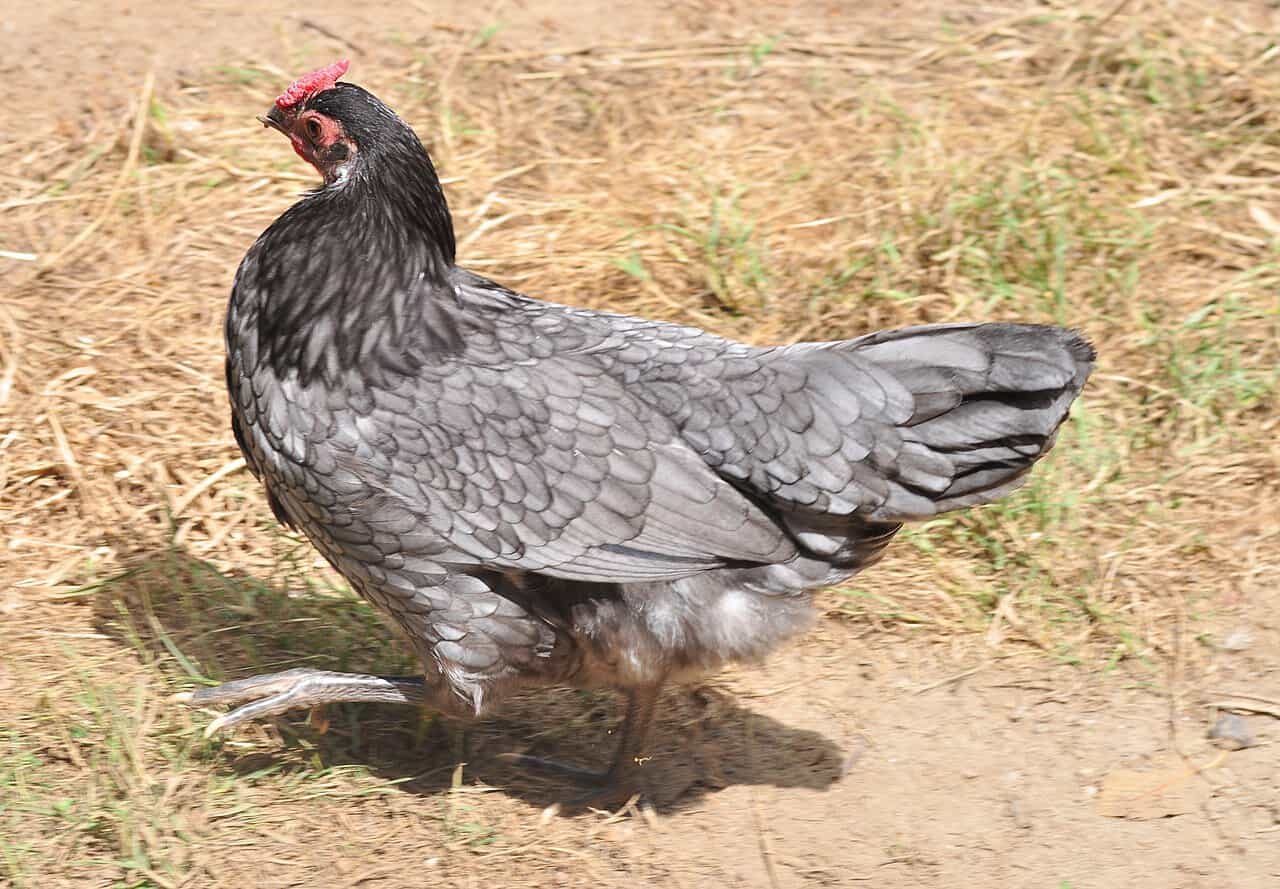
In total there are quite a few different color variations you may opt for when it comes to the Hamburg chicken.
By far the most popular are the following:
- Silver-spangled
- Gold-Spangled
- Gold-penciled
- Silver-penciled
- Citron-penciled
- White
- Black
- Cintron-spangled
Out of all these color variations, only six of them are acknowledged by the American Poultry Association.
Another interesting thing to note about the Hamburg chickens is that their skin, legs and bones have a dusty gray coloring to them.
Personality & Temperament
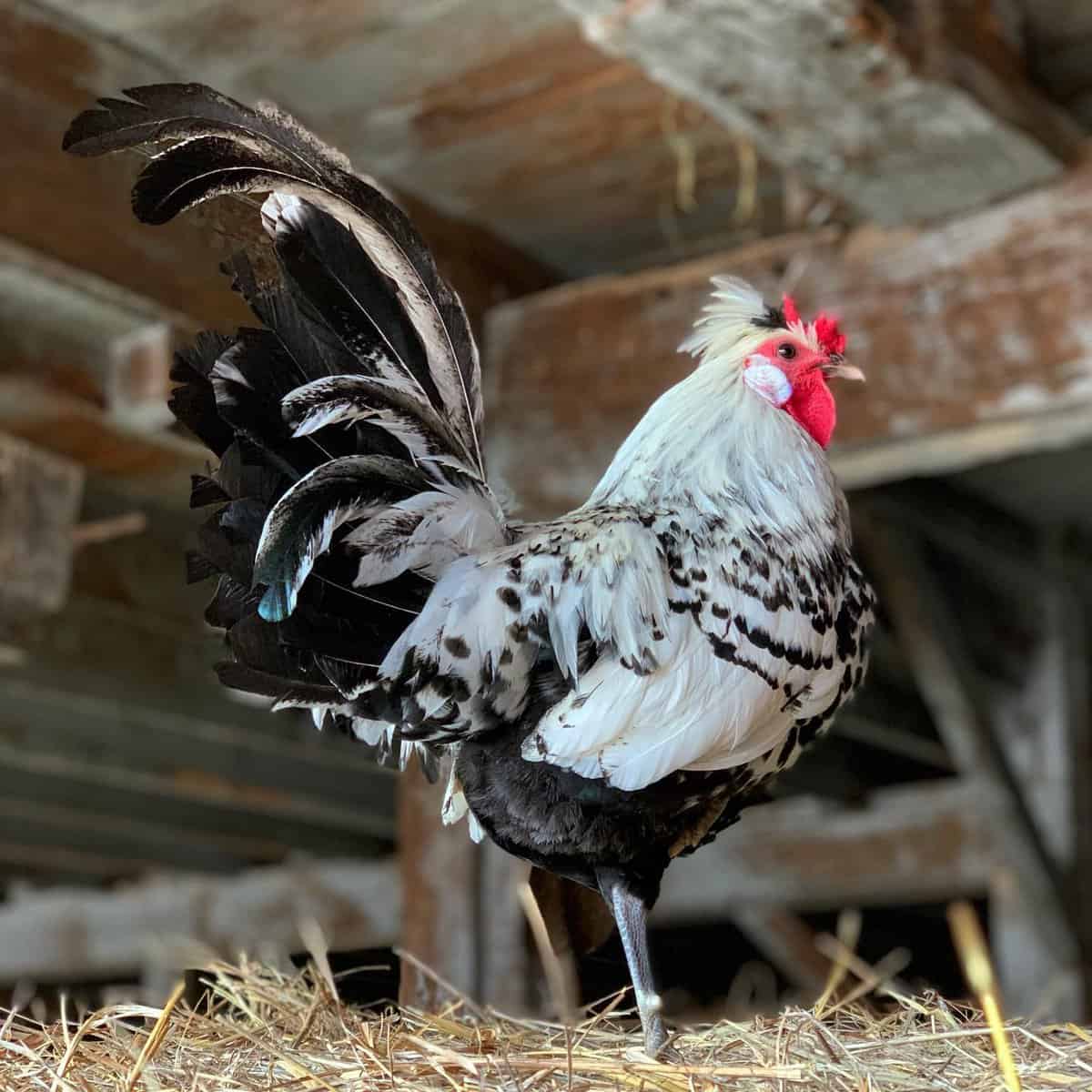
While they are quite docile, these chickens are not recommended for young children.
This is because they are not the type to like the following:
- Being picked up
- Being snuggled
- Being petted
These chickens love being in the center of attention but they also can’t stand being chased or picked up.
For the most part they love to be left alone or with other chickens where they can socialize all day long.
Also keep in mind that these chickens are quite speedy, so the odds of you catching one without cornering them are quite low.
If you must handle your chickens then you may want to leave them alone and catch them during the night.
This is because if you try to grab ahold of them, chances are that both of you will have a hard time.
Availability
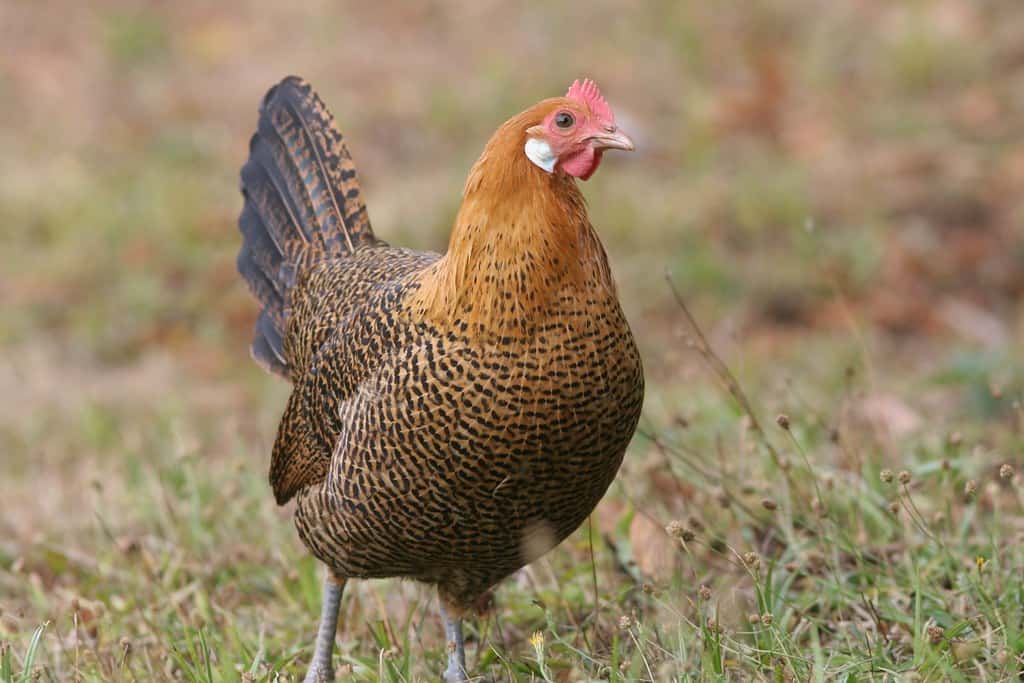
Hamburg chickens are a lot more common than you’d think in the poultry community.
In fact, these chickens are so widespread that you will never have a problem finding one at your local hatchery.
If you do decide to opt for a more unique look or variety though, you may need to order one from afar.
Still, this shouldn’t deter you from finding the perfect addition to your flock. There are too many different colors for you to choose from after all, so why settle for anything less?
You may also find this breed both in standard and bantam sizes. Each of these varieties come in their own series of colors too.
Some colors are going to be a bit harder for you to find, but you can always order up the perfect one if you have the money for it.
Hamburg Chickens’ Habitat
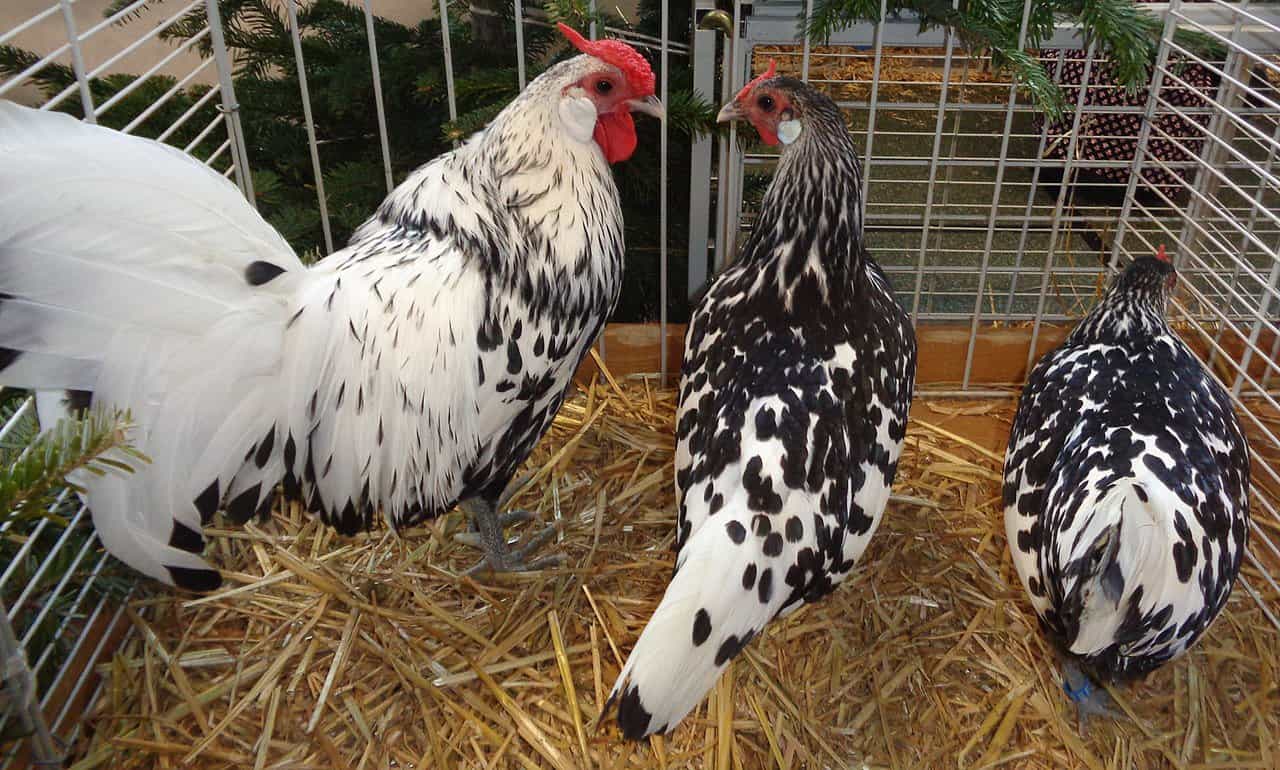
These chickens can survive in both free-range and enclosed spaces all the same.
For the most part though, it is recommended that you allow them to forage on their own.
But if that’s not an option for you, you may always build the perfect setup for your Hamburg chickens.
One of the main recommendations we have for you is to invest into a movable coop.
These movable coops are perfect because you can place them on various parts of the yard and they will love exploring their surroundings.
You should make sure that as they go foraging, they have plenty of access to the following:
- Different insects
- A lot of plants for them to choose from
- Any other forms of sustenance so they can work for their survival
Are Hamburg Chickens Good for Small-Scale Farming?
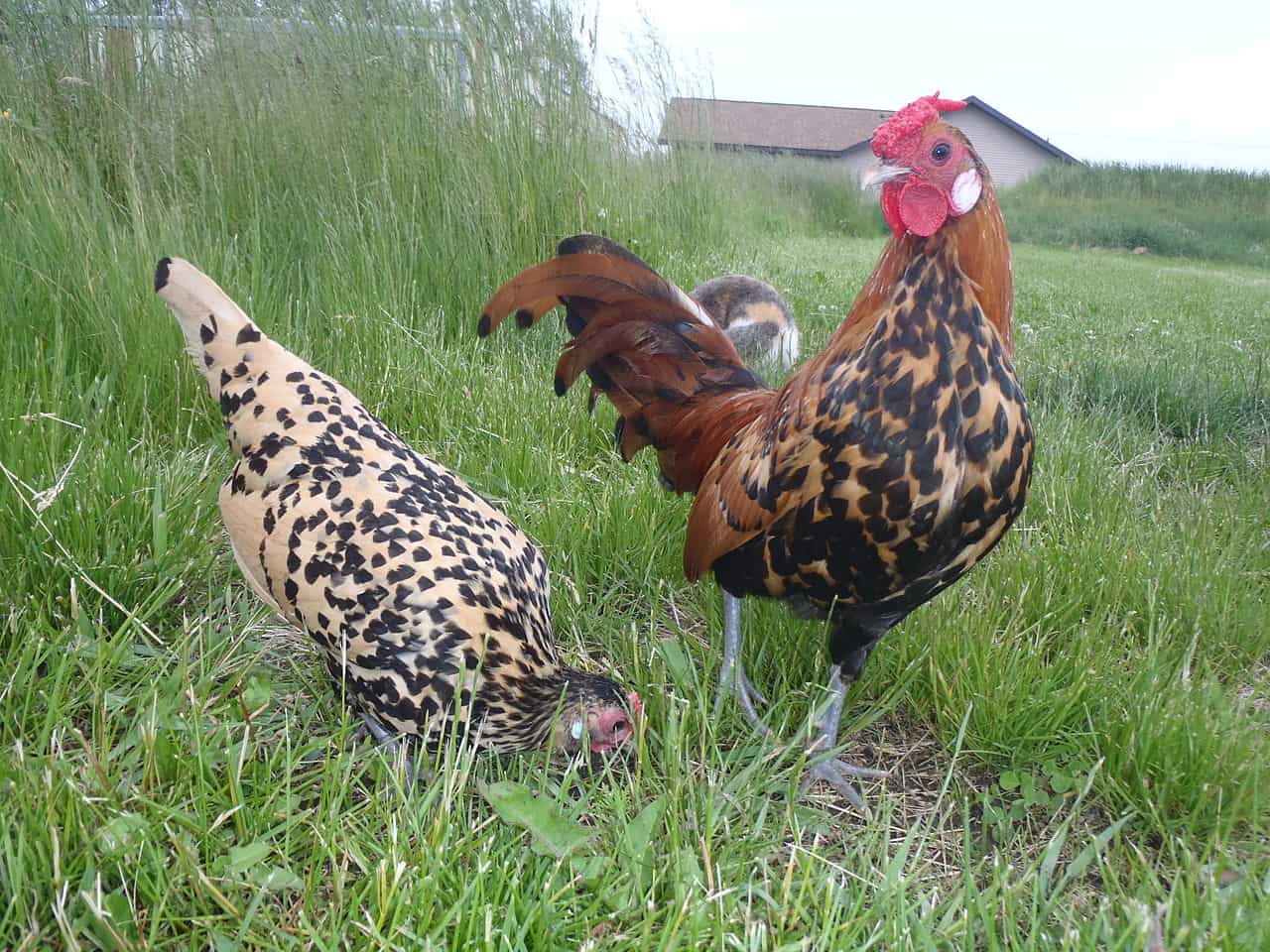
Both standard and bantam-sized Hamburg chickens are perfect for any small-scale farm.
In fact, these chickens can blend in with any existing flock. This in turn makes them perfect starters for inexperienced chicken owners.
As far as their main advantages are concerned, here is what you should know about Hamburg chickens:
- They are drop-dead gorgeous
- They are quite proficient egg-layers
- They can also be used for their meat, although this isn’t recommended as their sole usage
At the same time, these chickens come with their fair share of disadvantages, including the following:
- They rarely if ever go broody
- Some of the more unique plumages can be a bit more expensive than the average chicken
Common Health Issues
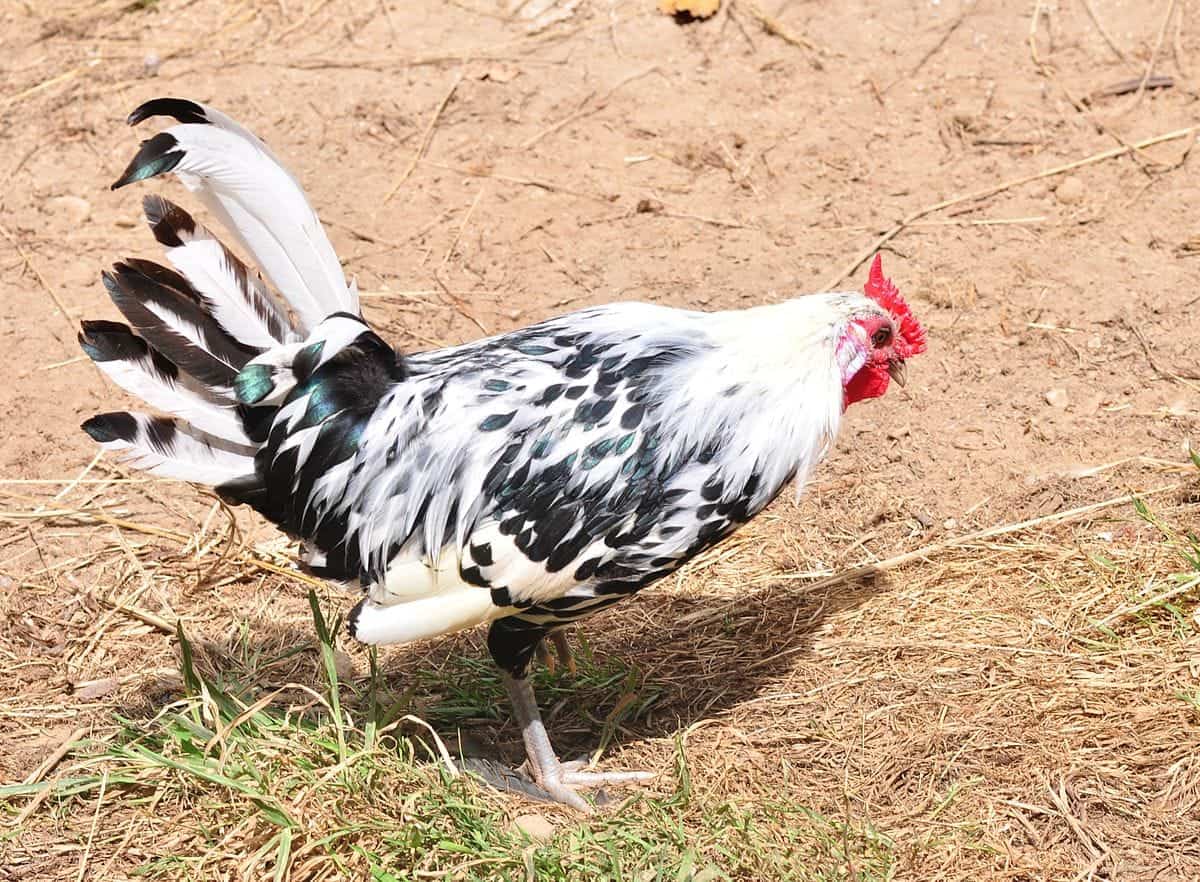
There are actually no diseases that are specific to the Hamburg breed. In fact, these are quite hardy creatures that rarely catch anything.
Still, you should make sure that you keep an eye on them in case they do end up with any disease or impairment.
By far the most common disease that these chickens are likely to catch is the Avian Influenza.
On top of that you also have the ever-so-common Fowl Cholera.
Both of these diseases are very common with chickens in general, and Hamburg chickens are not excluded from that lineup.
These are the main symptoms that you will need to look out for when it comes to your Hamburg chicken’s health:
- Inactivity
- Discharges
- Closed eyes during the day
- Abnormal droppings
If you catch on any of those telltale signs, make sure to do the following:
- Check, clean and also refill their water supply
- Collect all their eggs and inspect them
- Feed the chickens higher quality food and nutrients
- Observe their behavior carefully
Conclusion
Hamburg chickens are known for being popular, beautiful and quite elegant birds.
These chickens were developed back in the fourteenth century, and they’re still going strong to this day.
They offer you both a functional utility as well as an ornamental one. All in all, this is a very unique and fun chicken breed to add to your flock.
Hamburg Chicken FAQ
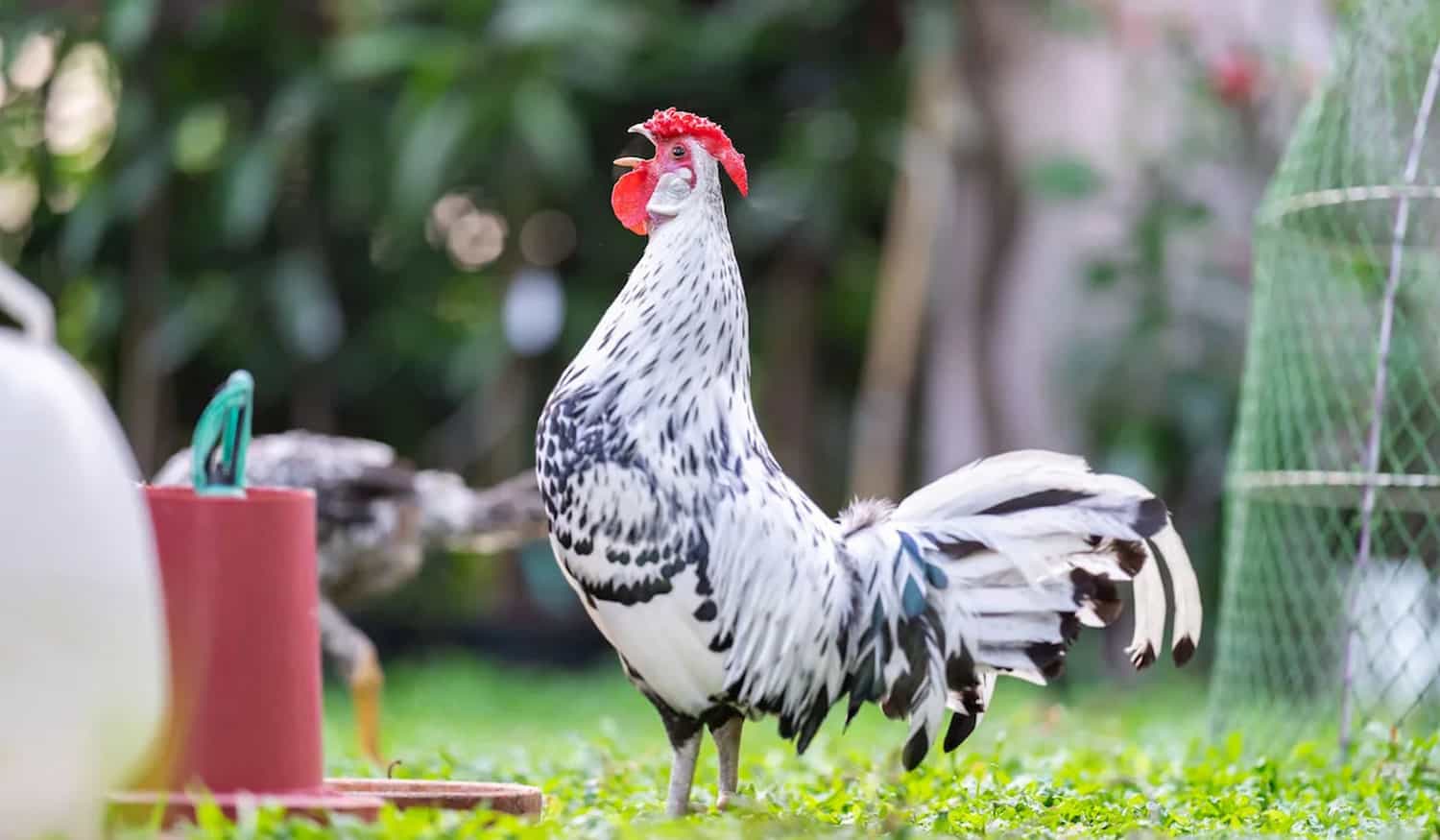
Where is the Hamburg Chicken From?
The Hamburg chicken breed is believed to have originated from Holland. Some claim that it could have also been developed in Germany.
Are Hamburg Chickens Good Layers?
Hamburg chickens are known to be proficient egg layers. They were even referred to as the Dutch Everyday Layers or Everlayers in England.
What Does a Hamburg Chicken Look Like?
These chickens are known for their following physical traits:
- Their feathers stick close to their bodies
- They have grayish blue shanks
- They always have reddish bay eyes
- They have small to medium sized wattles
- They have elongated earlobes
- They have red rose combs
How Big Are Hamburg Chickens?
Hamburg chickens tend to weigh between 2 and 2.5kg for the roosters and 1.6 to 1.8kg for the hens.
What is the Hamburg Chicken Known For?
Hamburg chickens are known for three main reasons:
- Their incredibly unique looks
- Their outstanding foraging skills
- Their egg-laying abilities

